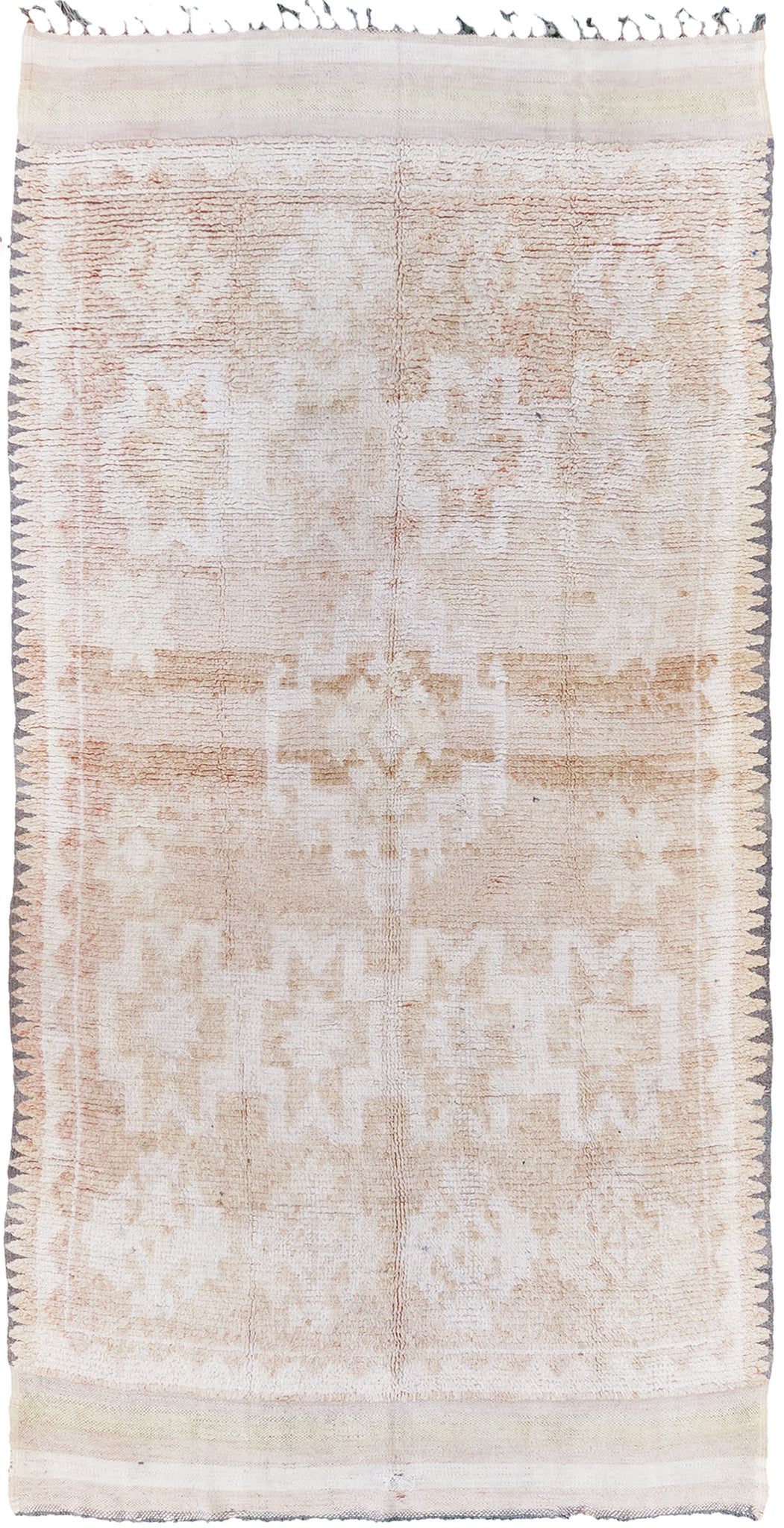A round Moroccan rug can be a stunning centerpiece that elevates the atmosphere of any room. Known for their bold geometric patterns and natural earthy tones, these rugs bring a sense of warmth, cultural richness, and visual harmony. But choosing the perfect round Moroccan rug requires careful consideration of your space, style, and personal taste. This comprehensive guide aims to walk you through the essential factors to keep in mind, helping you select a rug that complements your home and becomes an enduring statement piece.
Understanding the Unique Charm of Round Moroccan Rugs
Round Moroccan rugs are distinguished by their circular shape, which naturally attracts attention and provides a distinctive aesthetic compared to traditional rectangular or square designs. These rugs originate from the Berber tribes of North Africa, embodying an artisanal craftsmanship that combines geometric motifs with tribal symbols. Their round shape promotes a sense of flow and organic harmony within space, softening the lines of modern furniture and architecture. The rugs’ design often includes bold zigzags, diamonds, and stepped patterns that not only create visual interest but also carry cultural meanings rooted in Berber traditions. They’re versatile enough to serve as focal points or layered accents, making them a valuable addition to various interior styles, from minimalist to bohemian.
Choosing the Right Size for Your Room
One of the most important considerations when selecting a round Moroccan rug is finding the right size to suit your space. An undersized rug might look lost or diminish its visual impact, while a rug that's too large could overwhelm the room or block natural movement. To decide, measure your room accurately and consider the layout of your furniture. For example, a small rug works beautifully in a cozy nook or under a side table, whereas a larger size can define a seating area in a living room or anchor a bedroom setup. As a general rule, leave enough edge space around the rug to showcase its shape without it overpowering other elements. Striking the right balance ensures the rug enhances the room’s aesthetic without feeling out of place or cumbersome.
Selecting Colors and Patterns to Suit Your Decor
Moroccan rugs come in a range of earthy hues, including warm reds, deep browns, muted oranges, and soft beiges, along with pops of indigo and vibrant reds. When choosing a color palette, think about the mood you want to create and how the rug will interact with your existing decor. Neutral tones provide a subtle, grounding effect that works well in modern or minimalist interiors, while more vibrant patterns can inject energy and personality into eclectic or boho-inspired spaces. The patterns themselves vary from simple, striped motifs to complex geometric arrangements, so consider the visual weight you desire. If your furniture and walls are already busy with colors and patterns, a more subdued rug with subtle designs might be best. Conversely, in a minimalist setting, a vibrant, patterned Moroccan rug can act as a bold focal point.
Material and Construction Matters
Authentic Moroccan rugs are traditionally woven from thick, coarse wool, which offers durability, softness, and insulating properties. Some modern versions include cotton or silk blends, adding a slight sheen or increased fineness to the finish. When choosing a rug, pay attention to the quality of craftsmanship; handwoven rugs will have slight irregularities and variations that reveal their artisanal origin, providing authenticity and character. The knot density—how tightly the knots are woven—also influences the rug’s durability and intricate patterning. Higher knot counts typically mean finer, more detailed designs and longer-lasting quality. Choosing high-quality materials and craftsmanship ensures the rug remains beautiful over time, resisting wear and tear while maintaining its cultural integrity.

Style Tips: How to Integrate Your Moroccan Rug
Once you’ve selected the perfect round Moroccan rug, it’s important to consider how to incorporate it harmoniously within your space. The key is to let the rug be the hero without competing with other design elements. In a modern setting, place the rug beneath a coffee table or in the center of a seating arrangement, allowing its patterns and textures to create a soft contrast against sleek furniture. For bohemian or eclectic interiors, layer the rug with other textiles, such as cushions and throws, to amplify its tribal charm. In bedrooms, position the rug at the foot of the bed or beside it to add warmth and softness underfoot. Keep surrounding decor fairly simple if the rug features bold patterns or vibrant colors. When thoughtfully placed, your Moroccan rug becomes an effortless focal point that ties the entire room together.
Caring for Your Rug to Ensure Longevity
To keep your Moroccan rug looking its best for years to come, proper maintenance is essential. Regularly vacuum gently without a beater bar to avoid damaging the fibers and to remove dust and debris. Spot clean spills immediately with a mild detergent or consult professional cleaning services for deep maintenance, especially for vintage or antique pieces. Avoid prolonged exposure to direct sunlight, as UV rays can fade natural dyes over time. Rotating the rug.




Comments